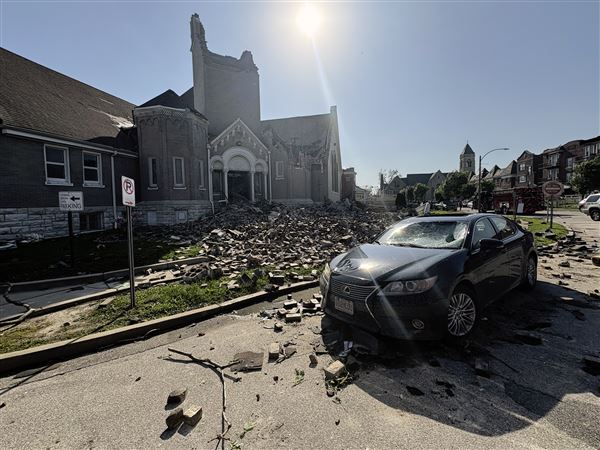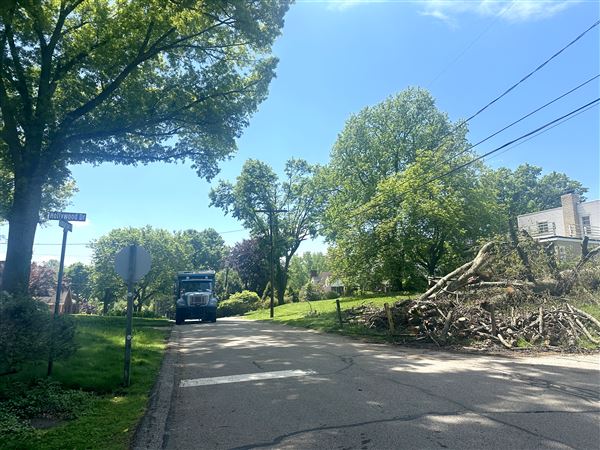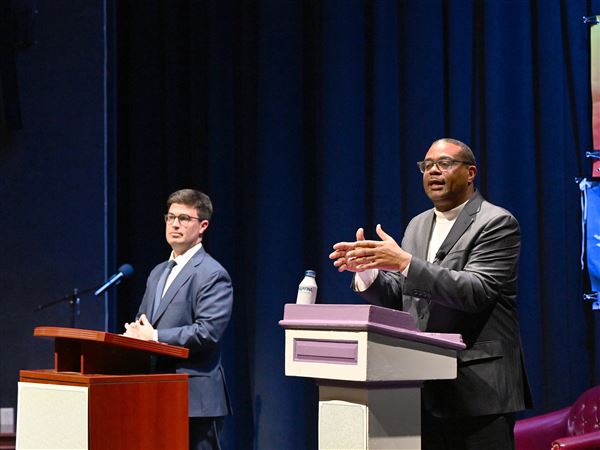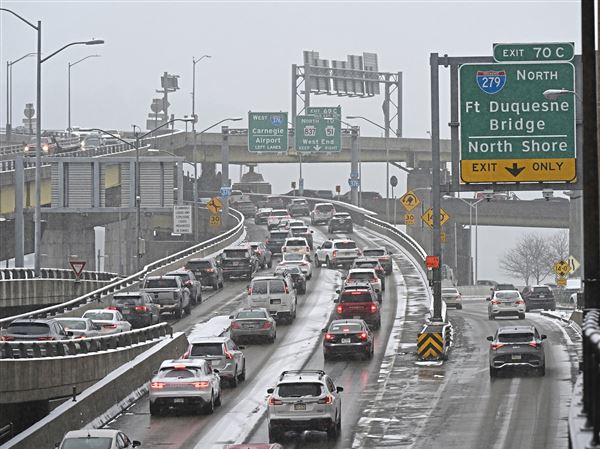Energy efficiency grabbed national headlines last month when a bill that had languished in Congress since 2011 achieved the necessary — and unusual — bipartisan approval.
The bill, signed by President Obama last week, was a political victory for both parties and set forth modest new rules promoting energy efficiency, which includes establishing a training program in efficient building design; directing the U.S. Department of Energy to encourage private sector research and development of efficiency technologies; and requiring federal government buildings to operate more efficiently.
But perhaps the biggest win involved an energy-consuming appliance it barred the federal government from touching: large residential water heaters used by customers of hundreds of rural electric cooperatives in 35 states, including Pennsylvania, to help manage grid reliability on days of peak demand.
Customer-owned cooperatives have long embraced load management, commonly known as demand response, said Kirk Johnson, vice president of governmental relations for the National Rural Electric Cooperative Association, a trade group. The practice of temporarily reducing consumer energy use during times when demand is the highest — normally, the hottest days of the summer or the coldest days of the winter — can lower electricity prices, ease pressure on the electric grid and lessen the need for new power plants.
With about 10 percent of the nation’s retail electricity sales, cooperatives account for 20 percent of actual peak reduction, according to the association.
But new DOE efficiency regulations, drawn up in 2010 that went into effect last month, would have outlawed the manufacture of grid-connected water heaters with a capacity of 55 gallons or more in favor of newer and smaller-capacity models that run more efficiently using heat pump technology. The newer water heaters, however, present such nuanced problems when used as an energy storage tool that they would have effectively ruined rural demand response programs, Mr. Johnson said.
Electric cooperatives were alarmed when they first heard of the DOE regulations, Mr. Johnson said, but it was too late for the agency to change the rules. So they lobbied Congress for legislation that established a new efficiency category under the law for grid-connected water heaters that are used specifically in demand response programs.
“It’s a water heater; it’s a battery; it’s a grid-preservation device; and it’s a load-management tool,” Mr. Johnson said. “So when you start thinking about it as more than just a water heater, then you start bringing in other elements, that there are other trade-offs here.”
PJM Interconnection, the electric regional grid operator, determines future electricity prices partly based on consumption during hours when demand is strained, meaning the bigger the load managed, the bigger the savings.
“Short of heating your home, probably your largest user of electricity would be your water heater,” said Carline Mitchell, director of marketing & member services for Somerset Rural Electric Cooperative in Somerset County, where more than 3,000 customers have enrolled in the demand response program since the statewide program was introduced in 1986.
In many rural areas, residential customers participate in demand response with switches on their water heaters that can automatically respond when demand is peaking.
The idea, she said, is to shift around the monthly 300 to 400 kilowatt-hours a water heater typically uses so customers are “using them at a time that’s it’s most advantageous.”
Among Pennsylvania’s 14 rural cooperatives — 13 in Pennsylvania, one in New Jersey — customers have saved an estimated $124 million since 1986 through demand response, said Todd Sallade, vice president of Power Supply & Engineering for Pennsylvania Rural Electric Association.
Operators at the cooperative’s central nerve center in Harrisburg monitor weather conditions and grid usage to anticipate days of peak use down to the hour. During a peak in demand, a signal is sent out to the nearly 50,000 connected water heaters that shuts them down.
During the temporary outage — which usually lasts from 2 to 4 hours — the appliances store energy as hot water, ideally without customers ever noticing a difference in temperature, cooperative officials said.
In contrast, the newer models mandated by the DOE would not be as easy to remotely switch on and off and would have trouble recovering from a shutoff, making cold water after a temporary shutdown more likely.
Certain implications of demand response have been the subject of growing controversy in the last year. In wholesale auctions that decide future payments to generation facilities, PJM Interconnection, the regional grid operator that coordinates the flow of electricity through Pennsylvania and surrounding states, has valued one megawatt of demand reduction at the same price as one megawatt of electricity generation from brick-and-mortar power plants.
With that model, energy companies that own coal-fired and nuclear plants, most notably Akron-based energy giant FirstEnergy Corp., could stand to lose as more consumers cut back on demand. The U.S. Supreme Court could soon decide whether to take up the issue, in a separate matter, after an appeals court ruled to restrict the role of demand response
“We’re aware that it’s been news lately as far as energy efficiency measure,” said Peter Fitzgerald, spokesman for the statewide cooperative association, “but, again, it’s something cooperatives have always done.”
Last week, the national association officially thanked Congress for coming together on the issue.
“Demand response and energy efficiency programs — ones that reduce energy consumption, save money and help integrate renewable energy into the grid — should find easy agreement on Capitol Hill,” the press release read. “We continue to strongly encourage Congress: Keep working together.”
Daniel Moore: dmoore@post-gazette.com, 412-263-2743 and Twitter @PGdanielmoore.
First Published: May 5, 2015, 9:40 a.m.

















